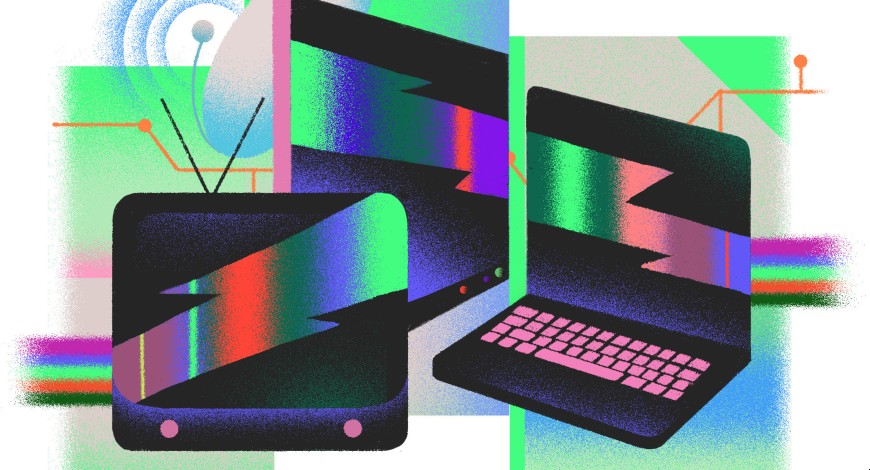Trends
The future of streaming TV looks increasingly like cable, but free

There’s been little doubt that the streaming TV revolution has been a decidedly good thing. Competition from streaming has resulted in more options, for less money, and greater programming flexibility than ever before. Streaming customer satisfaction is consistently higher than traditional cable TV as a result, and lumbering giants that fought against evolution for years (at times denying that cord cutting even existing) have been forced to actually try a little harder if they want to retain TV subscribers.
Of course the more things change, the more they stay the same. And a lot of the problems that plagued the traditional TV experience have made their way to streaming. For example, since broadcasters (which were primarily responsible for the unsustainable cost of traditional cable TV) must have their pound of flesh to satiate investor needs for quarterly returns, price hikes in live streaming service have been arriving fast and furiously. And the more the industry attempts to innovate, the more it finds itself retreading fairly familiar territory.
Case in point: to lure more users to its platforms and streaming hardware, Google is in talks with multiple companies to offer users free streaming TV channels, complete with ads:
“Google has held talks with companies distributing so-called FAST (free, ad-supported streaming television) channels, according to multiple industry insiders. These channels have the look and feel of traditional linear TV networks, complete with ad breaks and on-screen graphics. Free streaming channels could launch on Google TV as early as this fall, but the company may also wait to announce the initiative in conjunction with its smart TV partners in early 2022.”
Some TV vendors, like LG, have taken to partnering with services like Pluto TV so when you get your new TV, and if you don’t have cable, you get a viewing guide that sort of looks like cable. Namely a bunch of channels that usually offer (usually) dated content loaded with ads. This is usually tethered to on demand options in the hopes you’ll pony up money for better content. As a result, the hot trend du jour in streaming right now involves offering users something that looks an awful lot like traditional cable:
“That approach mirrors the way TV makers like LG and Samsung have integrated free streaming channels into their platforms. For these TV makers, free channels have become an overnight success story. Samsung alone streams “billions of minutes” of linear programming via its TV Plus service every month, Samsung Electronics SVP Sang Kim told Protocol last year.”
The difference, of course, is that this is all free. The money is made both off of ads, and off of collecting and selling access to your daily behavioral and viewing data, without telling consumers or letting them opt out (see the 2017 Vizio settlement with the FTC). Selling access to this data is so profitable, companies have made it clear that revenue from selling TVs themselves have become almost secondary. As with most “smart” devices there are often tradeoffs to this model, including the fact that not a whole lot of thought has gone toward security and privacy. And as hardware makers, streaming companies, telecoms, and big tech platforms all attempt to battle for control of this data flow, I can foresee more than a few unforseen potholes and shenanigans.
Still, it’s amazing to see a sector that was so obstinately resistant to evolution finally evolve and try new things, even if many of these new ideas look more familiar than you would have suspected. Tech Dirt






You must be logged in to post a comment Login